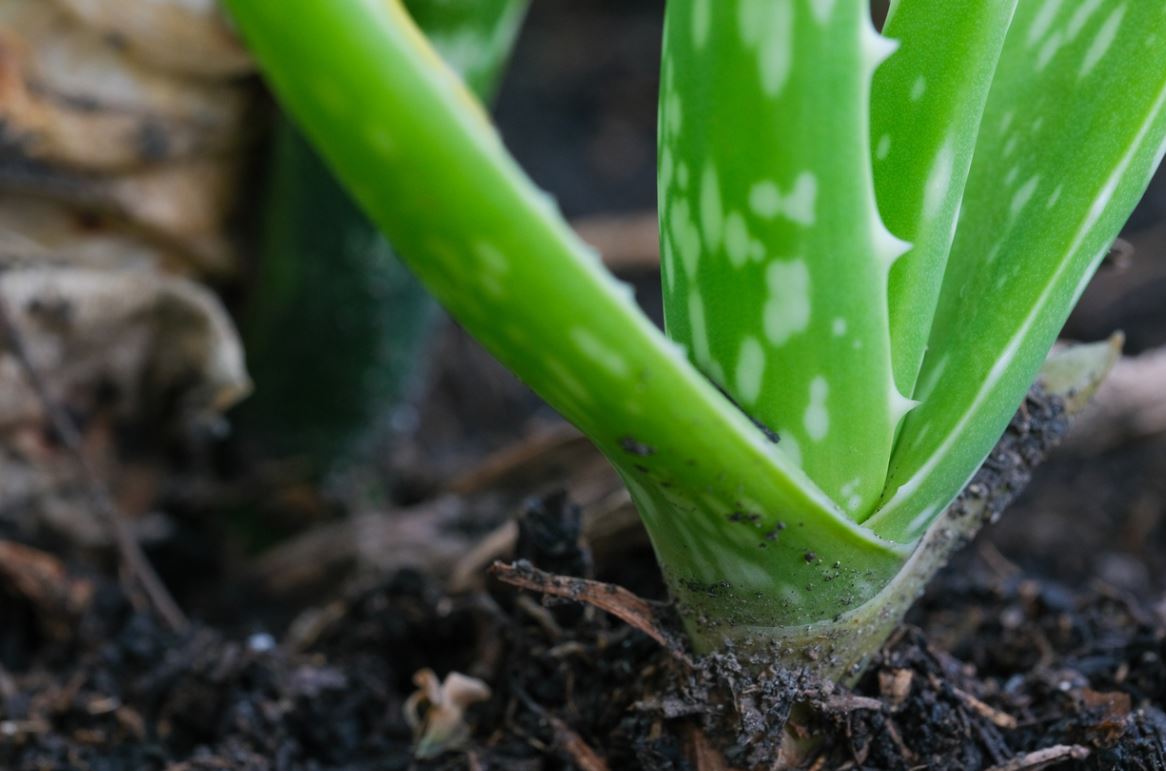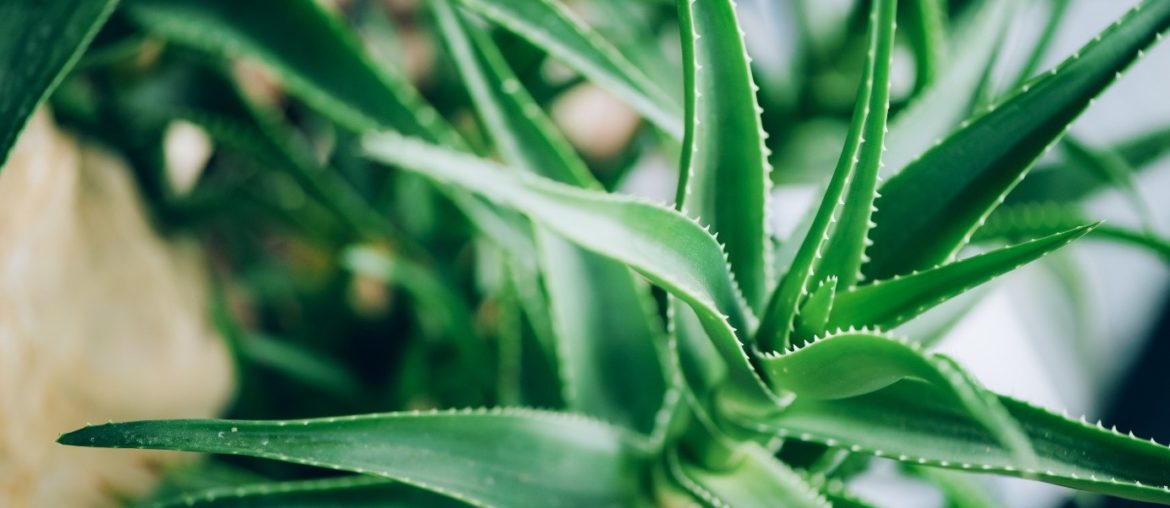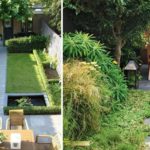Aloe vera is a plant which is known for its medicinal properties, but even more so in the field of cosmetics where it is widely used for its softening and moisturizing properties in particular. It can be grown both in the garden and indoors. You still have to be careful when you put it outside, because it supports temperatures down to -4 ° C only. It is easy to grow and cut.
Description of aloe vera
Aloe vera is a perennial plant that does not have a trunk and belongs to the Aloeaceae or Liliaceae family. It is generally between 60 cm and one meter high.
The specificity of this plant appears when you cut it. In fact two liquids then flow: a colored juice, yellow or red, and a white mucilaginous gel. The juice is what is called latex or sap. It is the active principle of this plant. The gel is rather used in cosmetics, because it is rich in water and it has very real and very effective anti-aging and moisturizing qualities.
Aloe vera has been recognized for a very long time and has been used throughout different civilizations and around the world. It was more often used for its medicinal properties to accelerate wound healing, for skin conditions, to treat burns and as a laxative. It is also used in skin and hair care.
It is in South Africa that we find the most varieties of aloe vera, it is however present almost everywhere in the world. She likes semi-arid, sandy soils, but prefers constant heat all year round. She is able to survive drought, but not frost. We can find 400 species around the world.
Aloe vera is a succulent, it has fleshy, green, triangular leaves with jagged edges.
Each sheet is composed as follows:
- The outer layer in the form of a thick cuticle which protects and gives rigidity to the plant.
- The middle layer made up of latex, the chlorophyll parenchyma, from which flows, when cut, a bitter and yellowish sap: the juice.
- The internal layer which is materialized by a thick mucilaginous liquid: the gel.
To read also: How to water an aloe vera?
How to cut aloe vera?
Aloe vera cuttings are not necessarily achievable by a home gardener. If you cut a whole leaf or a piece of leaf, you have almost no chance of recovery. It is preferable to carry out a multiplication on aloe vera by taking off the offsprings on the mother plant or by seed.
If you want to try anyway, here’s how:
- Take a sheet of at least 8 cm.
- Cut the leaf at the base with a sharp knife, try cutting with the knife pointing towards the base.
- Put the sheet in a warm and sheltered place for a few days, the time that a white film forms which protects the scar. The leaf will not become infected, as the cut area will not directly touch the ground.
- Take a pot with drainage holes.
- Fill it with cactus potting soil, putting a bed of gravel or clay balls at the bottom of the pot to ensure drainage.
- Push in the plant a third, cut side down.
- Put your pot in a cool place and water regularly. Your soil should always be moist for the first four weeks.

How to divide your aloe vera?
The division of the tufts is generally done in the spring on plants which have given off around the mother plant.
Here is the step by step method:
- Deposit your plant, you will have access to the root ball.
- Shake it a bit to remove dirt.
- Spread the roots gently to detach the suckers from the mother plant.
- Put a pebble or a stone at the bottom of a terracotta pot, place a bed of clay balls or gravel at the bottom of the pot, about 20% of its height. Choose gravel that retains less water than clay balls.
- Mix in equal parts: potting soil, garden soil and medium-grain river sand.
- Pour this mixture into the pot, leaving enough room to place the seedling.
- Place it in the center of the pot without burying the collar completely and fill in the voids with the mixture.
- Tamp well around, and lay a layer of sand around.
- Do not water.
Once these steps have been completed:
- Put the pot in a place sheltered from the cold, bright, but without direct sunlight.
- The temperature should always be at least 18 ° C.
- At the end of 15 days, water it, between two waterings, the soil must be dry.
- Once the plant begins to recover, treat it like an adult plant.
- Take it out in summer, avoiding full sun.
- Put it warm in winter and then space the waterings.
Read also :









